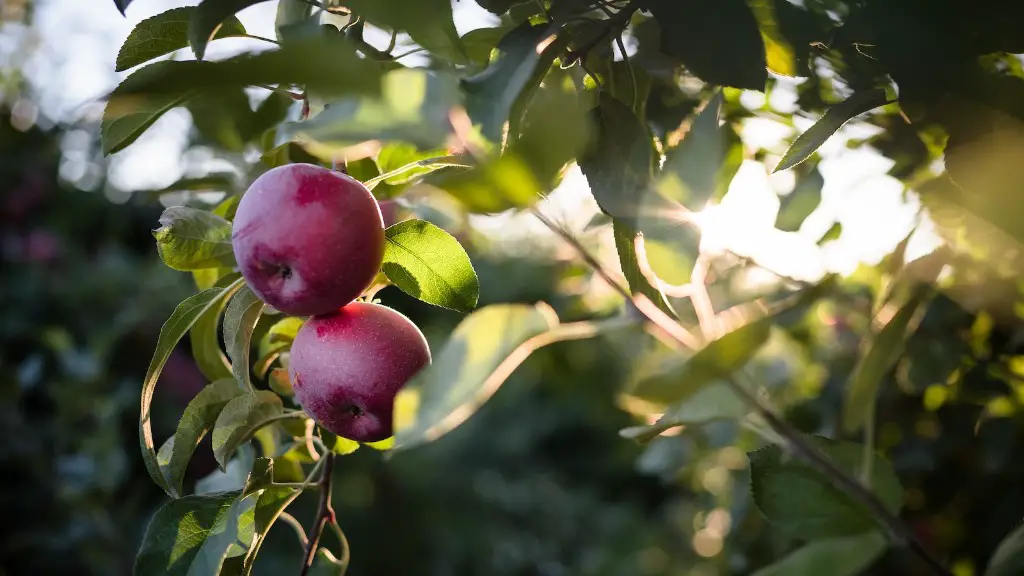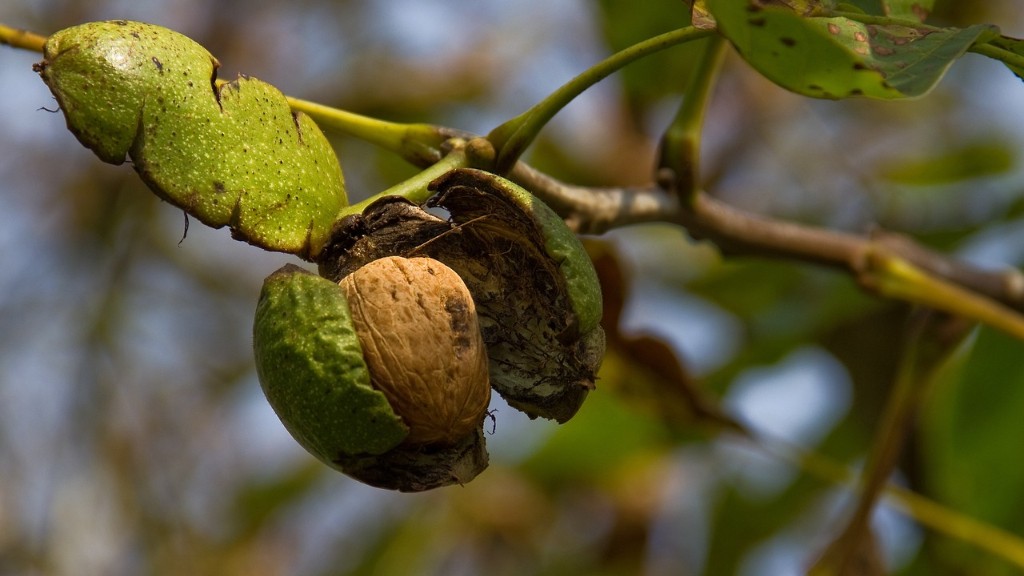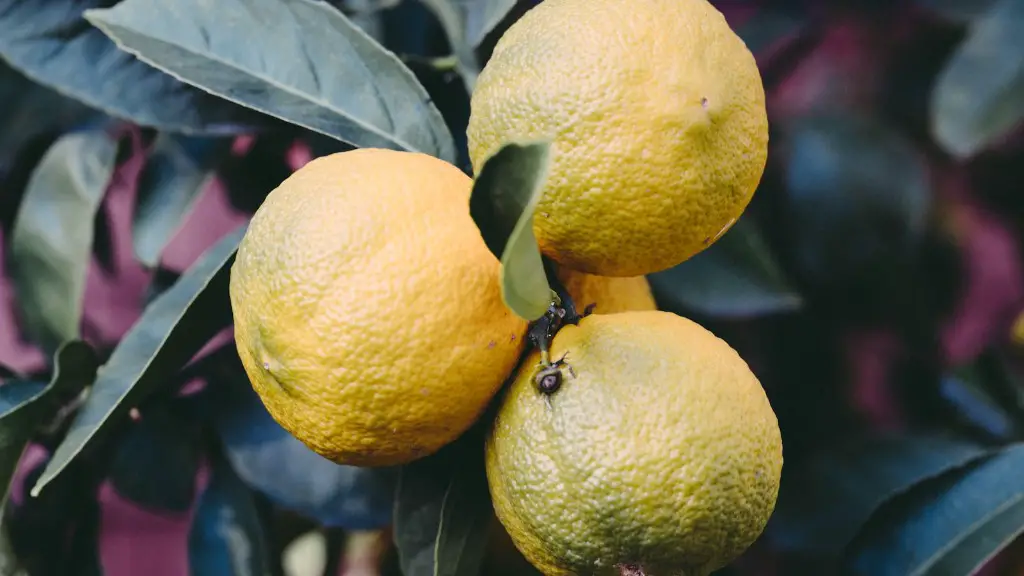How to root an Apple Tree:
When it comes to root an Apple Tree it is important to keep a few simple steps in mind. Firstly, select an appropriate soil type; ideally a loam or clay soil with an acidic pH. Secondly, rake the soil to a smooth and level surface, removing stones and clumps. Thirdly, take cuttings from the parent plant, making sure to keep them 4-6 inches long. Fourthly, dip each cutting in rooting hormone, coating approximately one inch up the stem. Fifthly, create a hole just slightly larger than the cuttings and plant them upright, pressing the soil down securely. Sixthly, pack the surrounding soil down firmly and water thoroughly. Lastly, cover the root area with a thick layer of mulch, such as shredded bark. This will help retain moisture and keep the soil temperature at an optimum level during the rooting process.
Checking for Rooting
Once the cuttings are planted, it’s important to check regularly for rooting. Begin by lightly tugging the cuttings to test for resistance. If a slight resistance is felt, then the cutting has taken root. If not, then a little more time may be needed. It is also useful to check the soil regularly for moisture levels, as keeping it evenly moist is essential for success. Roots should begin to form within 4-6 weeks.
Providing Additional Care
After the roots have been established, the young tree needs additional care in the first season. Firstly, prune any shoots and branches back to about one or two buds. Secondly, regular irrigation is important to keep the soil moist, and mulch can be spread to help retain moisture. Thirdly, fertiliser or compost can be applied around the root area to help the tree further. Finally, cover the root area with tarps during winter, particularly when temperatures dip below 0°C. This will help protect the roots from freezing.
Detecting and Controlling Pests and Diseases
It is also important to check for signs of pests and diseases. Planting resistant cultivars is a great way to help prevent possible attacks, although a balanced fertiliser can also help protect young trees. However, if signs such as insect eggs, discoloured leaves, or bark damage appear then it’s best to contact a local expert for pest and disease control advice.
Training and Pruning
To ensure an optimal shape in the tree, it is beneficial to start training while it is still young. Firstly, select the main trunk and and remove any competing branches. Secondly, prune off any vertical branches and ensure that horizontal branches remain intact and evenly spaced. Finally, thin out any abundance of fruit or flowers to promote healthy growth.
Harvesting Fruits
Once the apple tree is established, it’s time to start harvesting the fruits. Firstly, don’t hesitate to thin out excess fruits as soon as they have set. This helps to ensure that the fruits are larger in size. Secondly, choose fruit that has a firm stem and is a deep yellow colour for optimal ripeness. Lastly, use shears to cut the stem of the fruit without damaging the tree, as picking the fruit directly from the branches can cause damage.
Pruning
Pruning tree branches is essential for the health of the apple tree and helps promote the growth of new shoots. Firstly, select the main leader of the tree and ensure that the lateral branches are evenly spaced out. Secondly, thin out any thick growth so that air and light can penetrate between the branches. Thirdly, make sure to prune off any dead branches, water sprouts, or suckers. Finally, prune back weak side shoots and limbs to promote better fruit growth.
Preparing for Winter
As winter approaches, the apple tree needs additional care. Firstly, check for any signs of disease and pests and deal with these as soon as possible. Secondly, make sure to stop pruning a few weeks before winter sets in, as this allows for healing time for the tree. Lastly, if the apples are still bearing fruit then pick them off before the frost arrives as this can cause them to rot on the tree.


